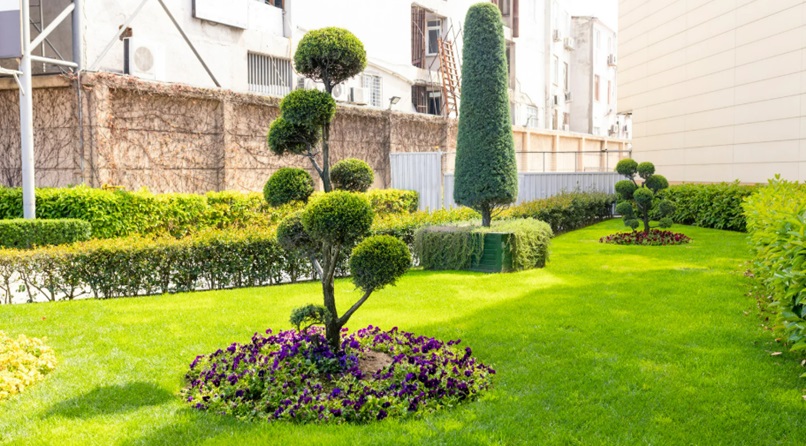Sustainable landscaping practices have become more crucial than ever when it comes to maintaining the health of our environment while enhancing property aesthetics. Engaging a professional landscaper in Alpharetta and adopting sustainable methods can make a significant difference. These practices not only beautify outdoor spaces but also conserve resources and promote ecological balance.
Conserving Natural Resources
One of the main goals of sustainable landscaping is to reduce the use of non-renewable resources. This includes water, energy, and even natural fertilizers. Techniques such as xeriscaping, which focuses on drought-resistant plants, help conserve water while creating visually appealing landscapes. Installing efficient irrigation systems like drip irrigation ensures that water is distributed directly to plants’ roots, minimizing evaporation and waste.
Additionally, sustainable designs often incorporate native plants, which are adapted to local climate conditions. These plants require less water and maintenance compared to exotic species, making them an eco-friendly choice for any landscaping project. By adopting these methods, you not only save money on water bills but also contribute to the larger goal of resource preservation.
Promoting Biodiversity
A sustainable landscape is not just about saving water or energy—it’s also a haven for biodiversity. By creating habitats that attract pollinators like bees, butterflies, and birds, you promote the natural processes that keep ecosystems thriving.
For instance, planting a variety of flowering species at staggered blooming times ensures year-round nourishment for pollinators. Incorporating features like rain gardens or green roofs can also provide homes for small animals and insects. These practices not only enrich the environment but also improve the long-term sustainability of your yard or garden.
Sustainability in landscaping benefits more than just flora and fauna; it also safeguards soil health, which is essential for any outdoor space. Using natural compost instead of chemical fertilizers improves soil quality and reduces harmful runoff that could pollute nearby waterways. To explore effective landscaping services or learn about tips for hiring the right landscaper, refer to this article.
Reducing Pollution Through Smart Practices
Modern landscaping often involves the use of heavy equipment, synthetic fertilizers, and excessive watering—practices that have significant environmental downsides. Sustainable landscaping, however, aims to minimize such impacts. For example, reducing the use of gasoline-powered equipment and opting for manual or electric tools can significantly cut down air pollution.
Meanwhile, using compost from household organic waste not only enriches soil but also helps reduce landfill waste. Mulching with wood chips, leaves, or grass clippings is another technique to conserve soil moisture and reduce evaporative water loss. Implementing these strategies ensures that your landscaping practices align with the goals of reducing your overall environmental footprint.
To maintain these principles effectively, working with professionals who prioritize environmentally friendly techniques is essential. Collaborating with experts skilled in sustainable solutions can make your landscaping efforts more impactful.
Increasing Property Value
Sustainable landscaping is not just good for the planet—it’s also a financially wise investment. Thoughtfully designed gardens and outdoor spaces increase a property’s curb appeal, which can directly impact its market value. Buyers today are increasingly looking for homes with environmentally friendly features, including energy-efficient irrigation systems, native plant use, and low-maintenance designs.
Additionally, sustainable landscaping can reduce long-term costs for homeowners. Native plantings, for example, require minimal upkeep and lower utility bills thanks to decreased water and energy needs. For property owners considering new landscaping designs, exploring customized services through well-regarded professionals might enhance the appeal of their outdoor spaces.
Conclusion
Sustainable landscaping practices are no longer just a trend—they are a necessity. From conserving natural resources to fostering biodiversity and boosting property value, these methods offer comprehensive benefits. Whether you’re designing a residential garden or managing a commercial project, incorporating environmentally friendly techniques is an investment in the future. By integrating sustainable approaches into your landscaping, you not only enjoy a visually stunning outdoor space but also contribute significantly to environmental conservation. It’s time to take action and make sustainability a priority in every aspect of how we design, maintain, and enjoy our landscapes.

